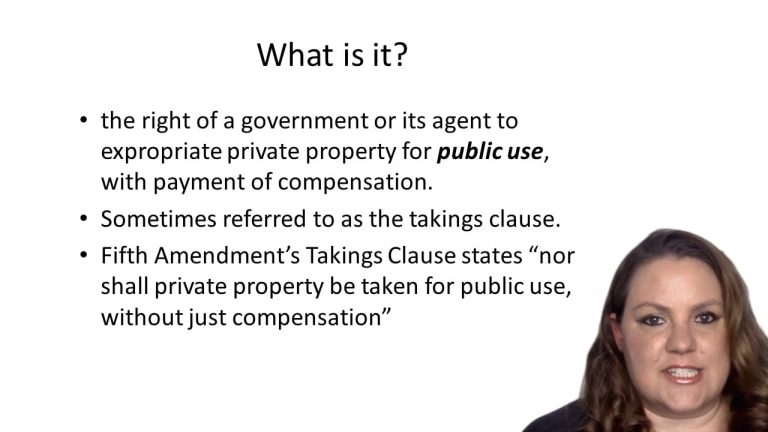SmartBrief
Confirm favorite deletion?
Constitutional Law Keyed to Chemerinsky
Kelo v. City of New London
Citation:
545 U.S. 469 (2005)
ProfessorTodd Berman
CaseCast™ – "What you need to know"
Facts
In the early 2000, after the city of London approved a development that was projected to create more jobs, increase tax and revitalize an economically distressed city, the city’s development agent purchased property from willing sellers and proposed to use the power of eminent domain to acquire the remainder of the property from unwilling owners in exchange for just compensation. The agent successfully negotiated the purchase of the most of the real estate, but its negotiations with petitioners failed. In November 2000, the agent initiated the condemnation proceedings. There were no allegations that any of the petitioners‘ property was blighted or in poor condition. The properties were condemned only because they were located in the development area.
Only StudyBuddy Pro offers the complete Case Brief Anatomy*
Access the most important case brief elements for optimal case understanding.
*Case Brief Anatomy includes: Brief Prologue, Complete Case Brief, Brief Epilogue
- The Brief Prologue provides necessary case brief introductory information and includes:
Topic:
Identifies the topic of law and where this case fits within your course outline.Parties:
Identifies the cast of characters involved in the case.Procedural Posture & History:
Shares the case history with how lower courts have ruled on the matter.Case Key Terms, Acts, Doctrines, etc.:
A case specific Legal Term Dictionary.Case Doctrines, Acts, Statutes, Amendments and Treatises:
Identifies and Defines Legal Authority used in this case.
- The Case Brief is the complete case summarized and authored in the traditional Law School I.R.A.C. format. The Pro case brief includes:
Brief Facts:
A Synopsis of the Facts of the case.Rule of Law:
Identifies the Legal Principle the Court used in deciding the case.Facts:
What are the factual circumstances that gave rise to the civil or criminal case? What is the relationship of the Parties that are involved in the case.Issue(s):
Lists the Questions of Law that are raised by the Facts of the case.Holding:
Shares the Court's answer to the legal questions raised in the issue.Concurring / Dissenting Opinions:
Includes valuable concurring or dissenting opinions and their key points.Reasoning and Analysis:
Identifies the chain of argument(s) which led the judges to rule as they did.
- The Brief Prologue closes the case brief with important forward-looking discussion and includes:
Policy:
Identifies the Policy if any that has been established by the case.Court Direction:
Shares where the Court went from here for this case.

 7m 10s
7m 10s